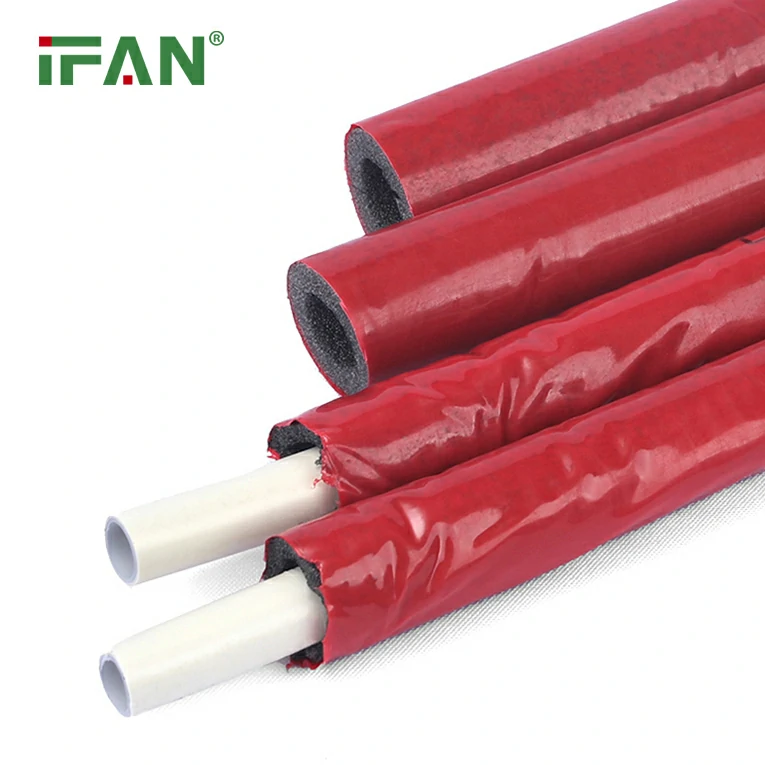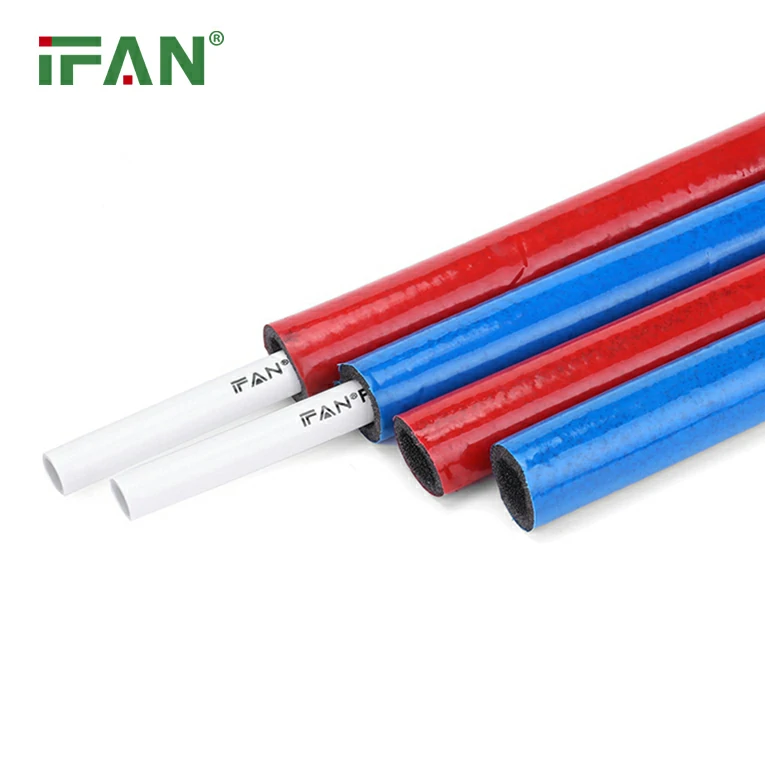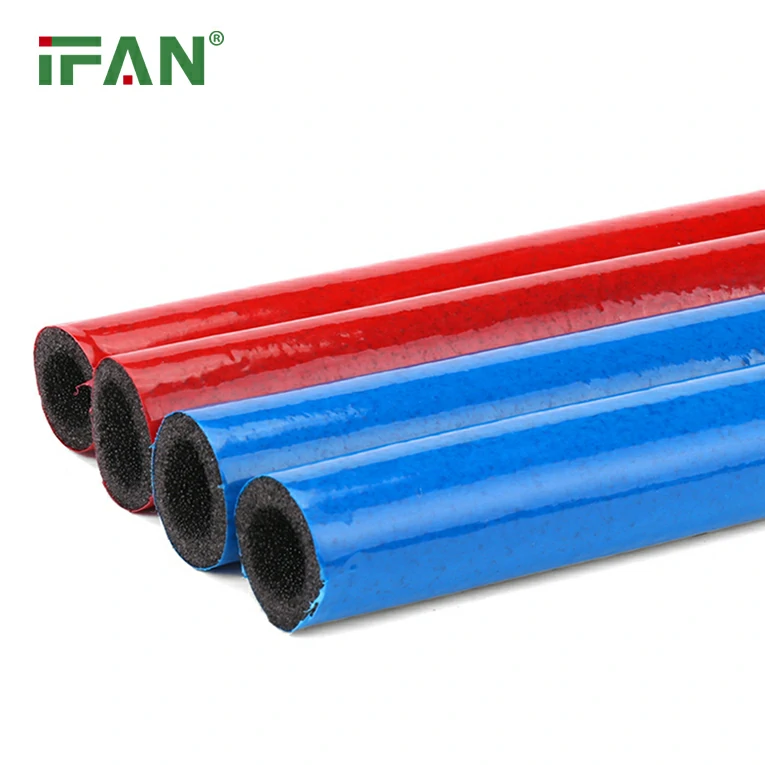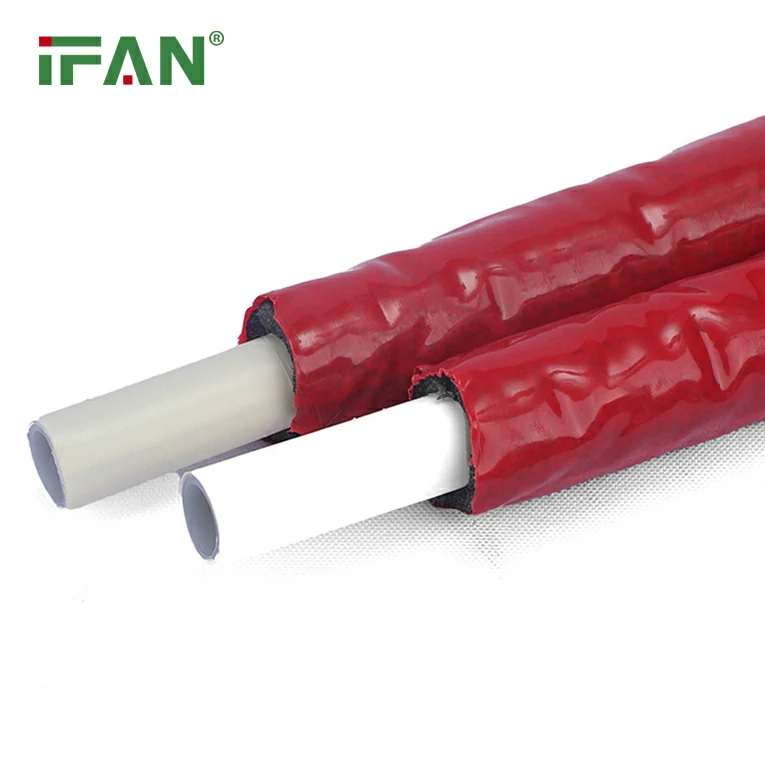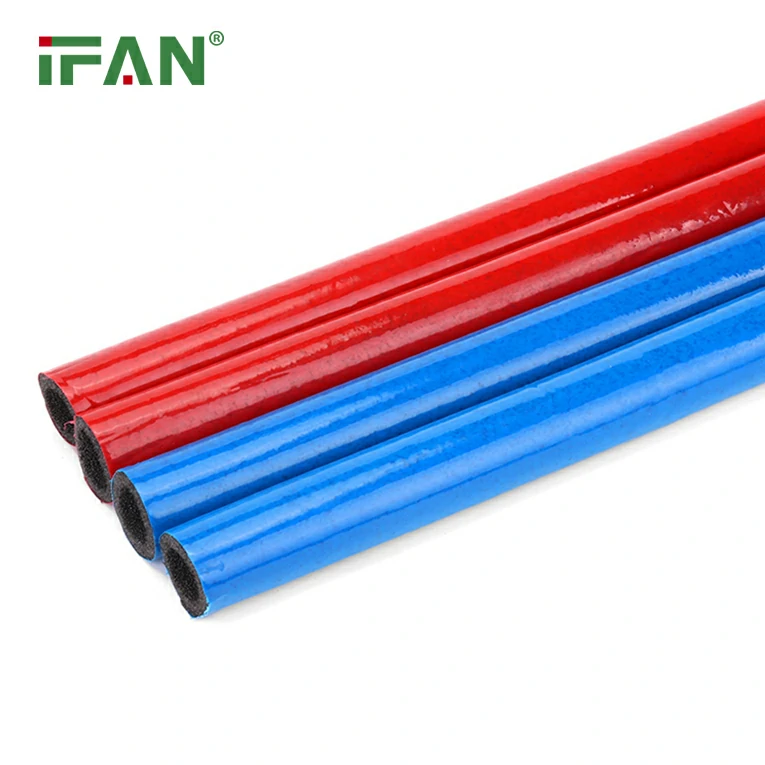The plumbing industry has undergone a significant transformation over the past few decades, with advancements in materials and technologies aiming to improve safety, durability, and overall performance. One of the most notable changes has been the gradual replacement of lead pipes with safer alternatives, such as PEX (cross-linked polyethylene) pipes. While this shift has been beneficial in many ways, it raises important questions about the long-term safety of the materials we are using today.
In this article, we will explore the replacement of lead pipes with PEX pipes, discussing both the advantages and potential new safety issues that may arise as a result of this transition. While PEX has become a widely accepted and affordable alternative to lead pipes, there are concerns that its widespread use may introduce new challenges that require attention and further research.

The History and Risks of Lead Pipes
Lead pipes were once commonly used in plumbing systems throughout the world, including in residential and commercial buildings. Their durability and ease of installation made them a popular choice for plumbing systems, especially in the early 20th century. However, over time, it became clear that lead pipes posed serious health risks, particularly when they came into contact with drinking water.
Lead is a toxic heavy metal that can accumulate in the human body, causing a range of health problems, particularly in young children and pregnant women. Prolonged exposure to lead can lead to developmental delays, learning disabilities, and other long-term health issues. The U.S. Environmental Protection Agency (EPA) and other health organizations have established strict guidelines to limit lead exposure in drinking water. As a result, many countries have begun to phase out lead pipes in favor of safer alternatives.
The Shift to PEX Pipes
PEX pipes have become one of the most popular alternatives to lead and other traditional plumbing materials like copper and PVC. PEX is made from cross-linked polyethylene, a flexible plastic material that offers several benefits over older pipe materials, including resistance to corrosion, ease of installation, and affordability.
PEX pipes are also highly durable, with a lifespan of up to 50 years, and they are resistant to freezing and bursting, making them a reliable choice for both hot and cold water systems. As a result, many homeowners and contractors have turned to PEX as a safer, more efficient option for replacing outdated lead pipes.
The Benefits of PEX Pipes
- Affordability: PEX is generally less expensive than copper and other materials, both in terms of raw materials and labor costs for installation. This makes it an attractive option for homeowners looking to replace their plumbing systems on a budget.
- Flexibility and Ease of Installation: PEX is much more flexible than traditional piping materials, allowing for easier installation around corners and obstacles. This flexibility reduces the number of fittings needed, which in turn reduces the risk of leaks and improves the overall efficiency of the plumbing system.
- Corrosion Resistance: Unlike metal pipes, PEX is resistant to corrosion, scaling, and pitting, all of which can affect the longevity and performance of traditional plumbing materials. PEX’s resistance to corrosion makes it ideal for use in areas with hard water or high mineral content.
- Freeze Resistance: PEX pipes are less likely to burst in freezing temperatures compared to rigid materials like copper. If the water inside a PEX pipe freezes, the pipe can expand without breaking, reducing the risk of costly repairs due to burst pipes during winter months.
Potential Safety Issues with PEX Pipes
While PEX pipes offer numerous benefits, there are concerns about their safety, particularly when it comes to their potential to leach harmful chemicals into drinking water. When replacing lead pipes with PEX, it’s important to consider these potential risks, as they could present new challenges for plumbing systems.
1. Chemical Leaching
One of the main concerns with PEX pipes is the possibility that they may leach chemicals into the water over time. While PEX is generally considered safe for potable water systems and complies with NSF (National Sanitation Foundation) standards, some studies have suggested that certain types of PEX pipes could release trace amounts of chemicals, such as plasticizers and other additives, into the water.
These chemicals, including phthalates and bisphenol A (BPA), have been associated with potential health risks, including hormone disruption and developmental issues. While the levels of these chemicals are typically well below the safety limits set by regulatory authorities, the long-term effects of exposure to even low levels of these substances are still not fully understood.
There is a need for more research to evaluate the potential risks of chemical leaching from PEX pipes, especially as they continue to replace older materials in plumbing systems. This will help ensure that PEX remains a safe and viable option for plumbing systems in the future.
2. Microbial Growth
Another potential concern with PEX pipes is the possibility of microbial growth. The inner surface of PEX pipes can provide a favorable environment for bacteria and other microorganisms to thrive, especially when the pipes are exposed to warm water. In some cases, this can lead to the growth of biofilm, which can affect water quality and cause unpleasant odors or tastes.
To mitigate this issue, it is important for plumbers to ensure proper installation and maintenance of the PEX plumbing system. Regular cleaning and disinfection of the system, as well as proper water treatment, can help reduce the risk of microbial contamination.
3. UV Degradation
While PEX pipes are resistant to many environmental factors, they are vulnerable to ultraviolet (UV) light. Prolonged exposure to UV rays can cause the PEX material to degrade, which can lead to a reduction in strength and flexibility over time. This is particularly important for PEX pipes that are installed outdoors or in areas with direct sunlight exposure.
To address this issue, it is crucial to protect PEX pipes from UV light by covering them or installing them in areas where they won’t be exposed to direct sunlight. Manufacturers also offer UV-resistant PEX products for outdoor applications, which help to reduce the risk of degradation.
4. Temperature Sensitivity
PEX pipes are generally resistant to high temperatures, but prolonged exposure to extremely high temperatures can cause the material to weaken and degrade. For instance, if PEX pipes are exposed to temperatures above the recommended range for an extended period, they may lose their structural integrity and fail.
It is important for PEX plumbing systems to be properly installed with temperature controls in place to prevent exposure to excessive heat. This includes using insulation for hot water pipes and ensuring that the plumbing system operates within the temperature limits specified by the manufacturer.
The Role of Regulation and Standards
To address concerns about the safety of PEX pipes, there are strict regulations and standards that govern their use. In the United States, the NSF International standard 61 establishes the criteria for the safety of drinking water system components, including PEX pipes. These standards ensure that PEX pipes do not release harmful substances into the water supply and meet specific health and safety requirements.
Manufacturers of PEX pipes, including Uponor, have worked to ensure that their products comply with these standards, which helps to address potential safety concerns related to chemical leaching and other risks. Additionally, the plumbing industry continues to monitor and improve the safety of PEX pipes to ensure that they remain a safe and reliable choice for modern plumbing systems.
Conclusion
While the replacement of lead pipes with PEX pipes has been a significant step forward in improving the safety of plumbing systems, it is important to recognize that new materials often come with new challenges. The potential risks associated with PEX pipes, such as chemical leaching, microbial growth, and UV degradation, must be addressed through research, regulation, and proper installation practices.
As PEX continues to replace lead and other materials in plumbing systems, ongoing efforts to improve the safety and performance of PEX pipes will be essential. Homeowners, builders, and plumbers alike must remain vigilant in ensuring that PEX systems are installed correctly and maintained to avoid potential health risks.
Ultimately, PEX pipes represent a safe and cost-effective solution for modern plumbing systems, but understanding and addressing the potential safety issues that come with their use is critical to maintaining long-term reliability and water safety.
FAQs
1. Are PEX pipes safe for drinking water? Yes, PEX pipes are considered safe for drinking water and comply with NSF standards. However, some studies suggest that low levels of chemicals may leach from PEX, though they are well below safety limits.
2. Can PEX pipes be exposed to sunlight? No, PEX pipes should not be exposed to direct sunlight for prolonged periods, as UV light can degrade the material. UV-resistant PEX products are available for outdoor use.
3. How long do PEX pipes last? PEX pipes typically last between 40 and 50 years, depending on installation conditions and maintenance.
4. Are there any health risks associated with PEX pipes? While PEX pipes generally comply with health and safety standards, there are concerns about the potential leaching of chemicals like BPA and phthalates, though these are typically below regulated safety limits.
5. Can PEX pipes be used for hot water systems? Yes, PEX pipes are suitable for hot water systems and can withstand temperatures up to 200°F (93°C).

